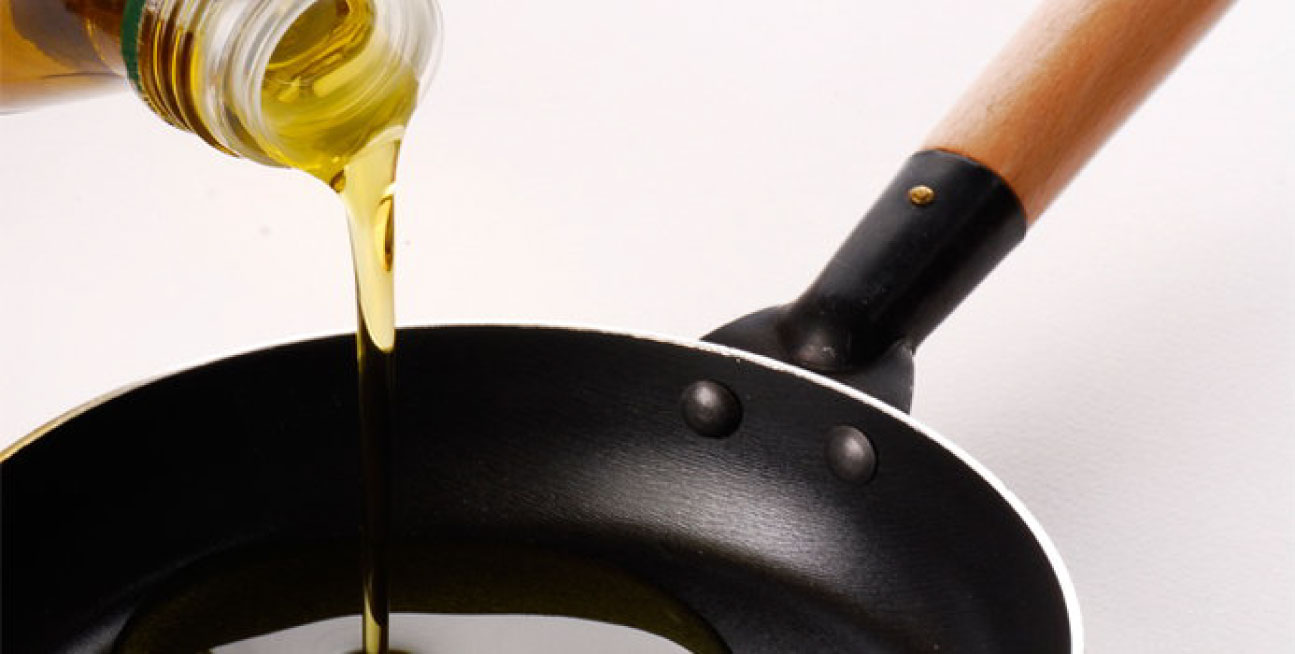Saffron rice
- Prep Time: 30 minutes
- Cook Time: 15 minutes
- Total Time: 45 minutes
- Yield: Saffron Rice
Ingredients
- Basmati rice
- Oil or ghee or unsalted butter
- Whole spices (including shahi jeera)
- Saffron threads
- Turmeric powder (optional)
- Water
- Salt
- Fresh coriander leaves (for garnish)
- Fresh mint leaves (for garnish)
Instructions
Step 1: Rinsing Basmati Rice
To ensure your Basmati saffron rice turns out perfectly fluffy and aromatic, start by rinsing the Basmati rice thoroughly. Place the rice in a fine-mesh strainer or a large bowl and wash it under cold running water. Gently agitate the Basmati rice with your fingers while rinsing, repeating this process 3-4 times. This helps remove excess starch from the Basmati rice, which can make it sticky during cooking.
Step 2: Soaking the Basmati Rice
After rinsing, allow the Basmati rice to soak in clean water for about 20-30 minutes. This soaking step is crucial as it helps the Basmati rice absorb water evenly during cooking, resulting in uniformly cooked grains.
Step 3: Draining and Setting Aside
Once the Basmati rice has soaked, drain the water completely and set the rice aside. This step prepares the Basmati rice for the cooking process.
Step 4: Heating Oil, Ghee, or Butter
In a deep pan or pot, heat your choice of cooking fat – whether it’s oil, ghee, or unsalted butter. The choice of fat will impart its unique flavor to the Basmati rice, enhancing its overall taste.

Step 5: Introducing Whole Spices
To infuse the Basmati rice with aromatic flavors, add a combination of whole spices to the heated fat. This includes shahi jeera, which adds a rich, nutty aroma to the dish.
Step 6: Sauteing the Spices
Saute the spices in the hot fat until they release their fragrant essence. This step is crucial for unlocking the full flavor potential of the spices.
Step 7: Adding the Soaked Basmati Rice
Now, it’s time to introduce the soaked and drained Basmati rice into the pan. Gently add the Basmati rice, ensuring it’s evenly distributed in the pan.
Step 8: Stirring to Absorb Flavors
Stir the Basmati rice in the pan for 1-2 minutes. This allows the Basmati rice grains to absorb the aromatic flavors of the spices and fat, ensuring each bite is bursting with taste.
Step 9: Infusing with Saffron
Crush saffron threads with your fingers or in a mortar and pestle. Sprinkle this precious saffron essence over the Basmati rice. The saffron not only imparts a beautiful golden hue but also lends its unique and exquisite flavor to the dish.
Step 10: Optional Turmeric Addition
If you desire a vibrant yellow color and a touch of earthy flavor, consider adding turmeric powder at this stage. It’s a versatile spice that complements saffron beautifully.
Step 11: Even Distribution
Give the contents of the pan a thorough stir to ensure the saffron and turmeric are evenly distributed throughout the Basmati rice.
Step 12: Adding Water and Salt
Now, pour in the required amount of water, along with a pinch of salt, to initiate the cooking process. The salt enhances the overall flavor of the Basmati rice.
Step 13: Cooking to Perfection
Cover the pan tightly with a lid, allowing the Basmati rice to cook over low to medium heat. Keep an eye on it, occasionally checking for doneness. The Basmati rice is ready when the grains are tender and have absorbed all the liquid.
Step 14: Fluffing with a Fork
Once the Basmati rice is cooked to perfection, use a fork to gently fluff it. This step separates the grains and ensures a light and airy texture.
Step 15: Garnishing and Serving
Serve your aromatic Basmati saffron rice, garnished with fresh coriander or mint leaves, alongside your favorite dal or Indian curry. The combination of flavors and aromas will delight your senses in this flavorful culinary journey. Enjoy!
